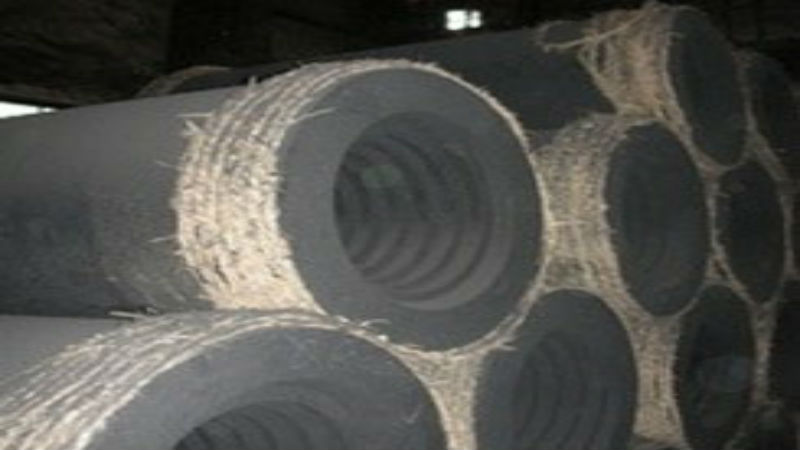Different applications, including blast furnaces as well as electric arc furnaces, use components made of graphite and carbon. While the two terms are used interchangeably, carbon and graphite have different properties that make them better choices for particular types of applications.
Manufacturing Options
You will find carbon blocks used in blast furnaces for sidewalls and linings. This amorphous, baked, formed or manufactured carbon is made by using carbon in the form of coke, anthracite carbon or other similar materials mixed with a binder. The mixture is then extruded or placed in a mold and then baked, creating a porous and permeable final product.
It is also possible to make these carbon blocks out of a hot pressed carbon. The hot pressing process uses the same concept of the use of carbon and binders pressed into a mold. Then, instead of baking the blocks, a high-pressure hydraulic ram is used to create a force on the mold. At the same time, the mixture is exposed to an electric current, which carbonizes the material.
The result of the pressure and the speed of using the electrical current over the baking method is a much denser type of block. The baking process creates the pores when the liquid in the mixture evaporates. When there is pressure the pores collapse, limiting any trapped gas and creating a more impermeable type of block.
When the carbon blocks are impermeable, they do not absorb materials, which in turn creates a protective layer on the blocks used in sidewalls and the hearth of the furnace. The additional protection allows the walls and lining to last longer, even under extreme temperatures as seen in the blast and electric arc furnaces.
Different grades of carbon block options are available. The different grades are determined by the processing method as well as by the additives used during the production of the blocks.






